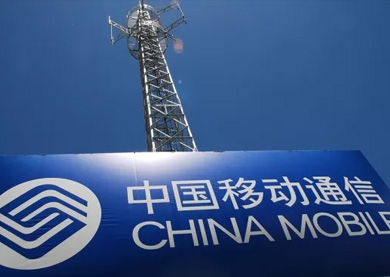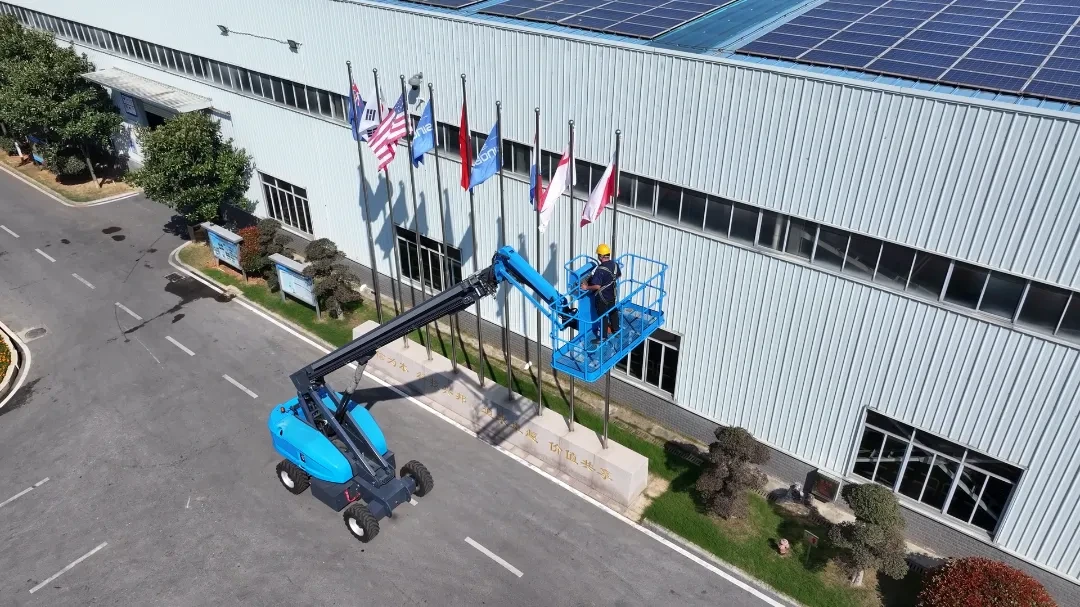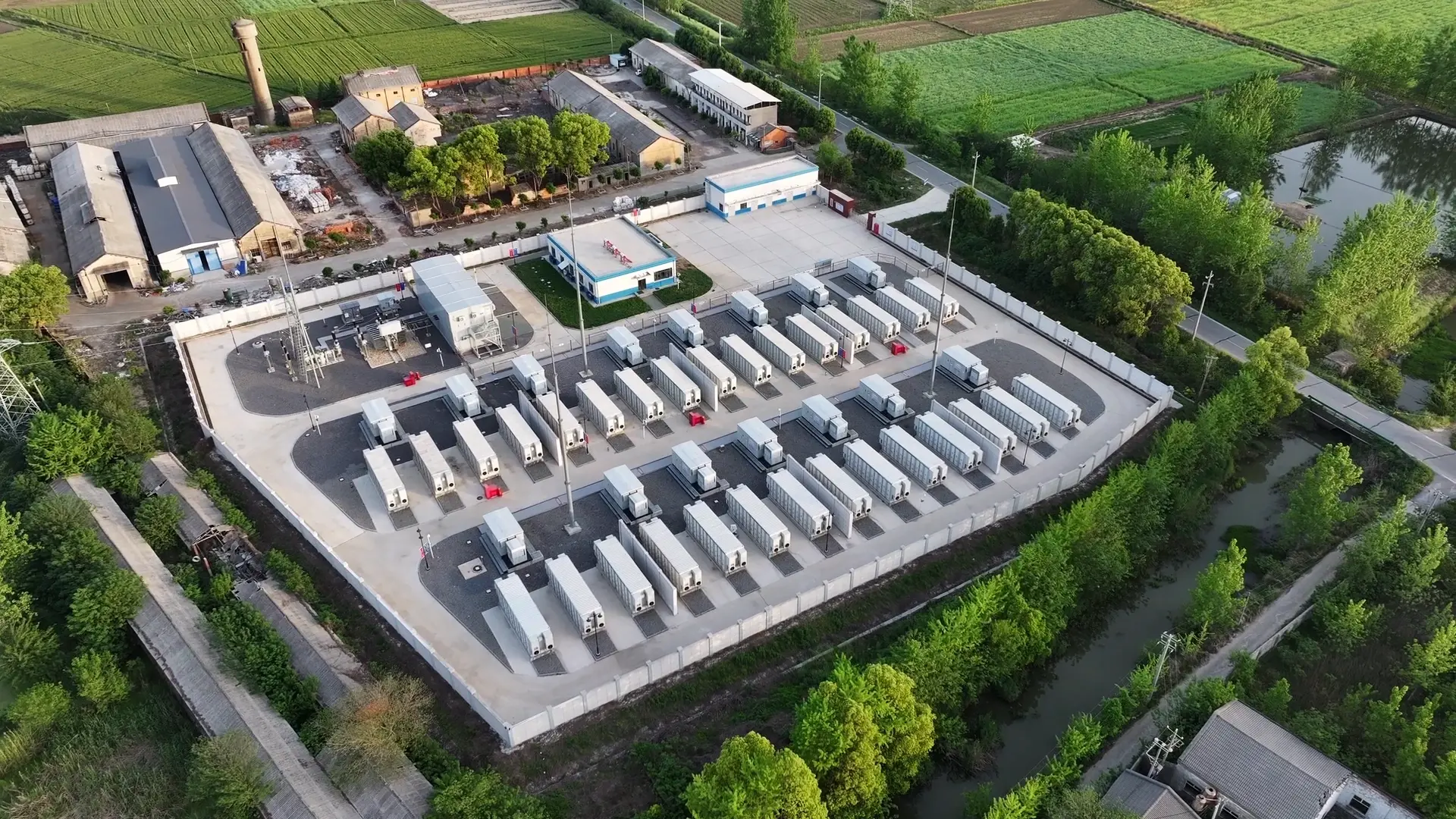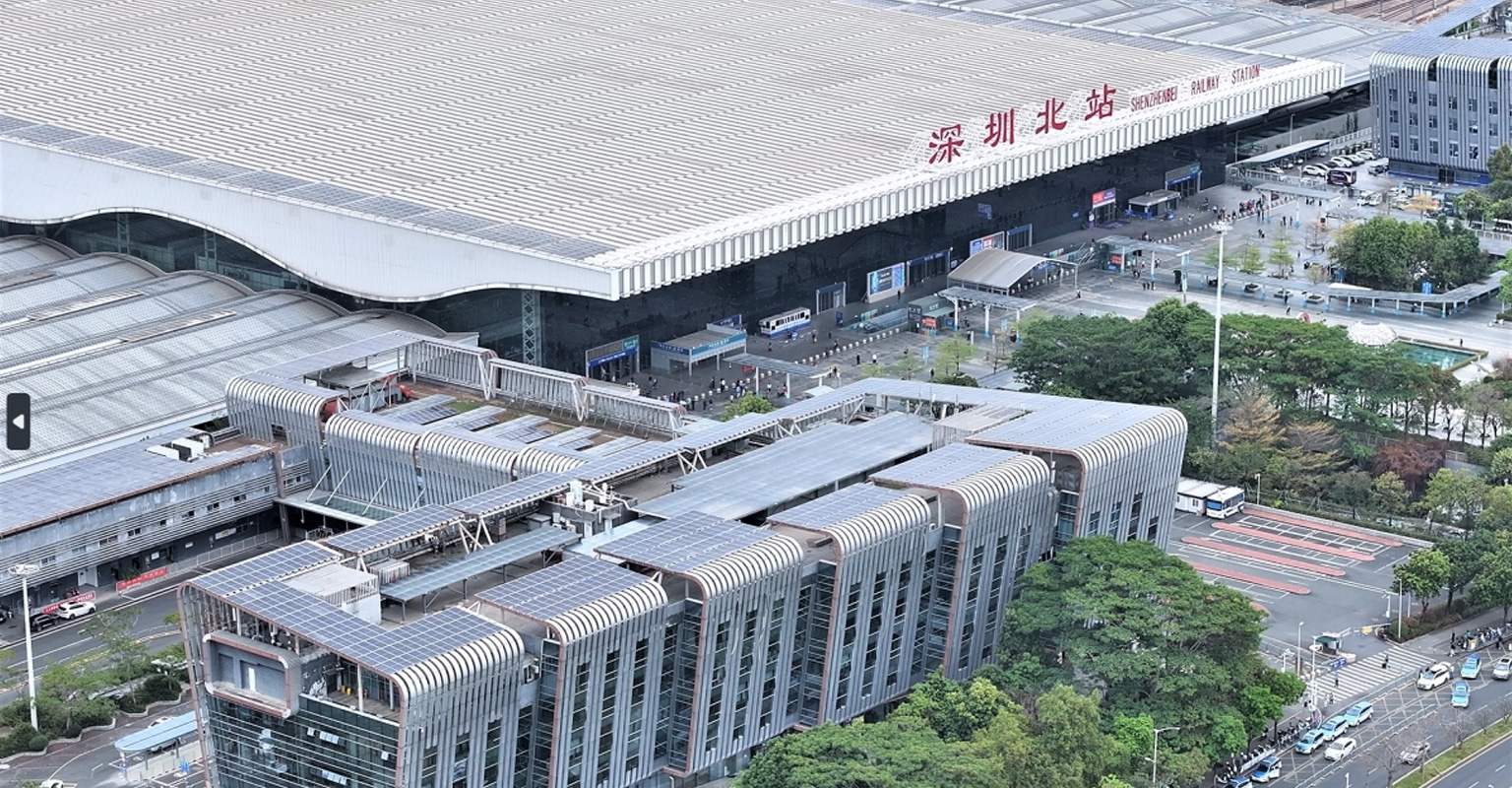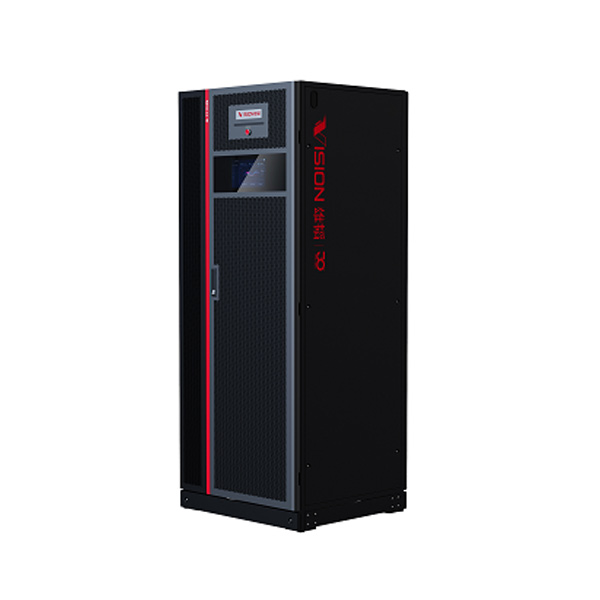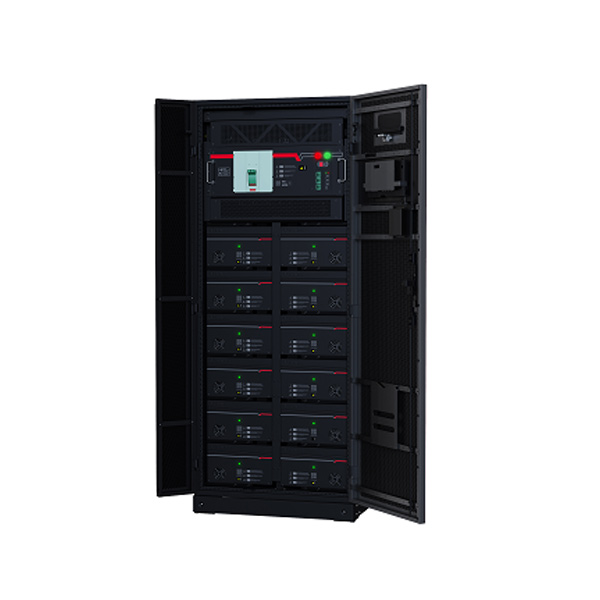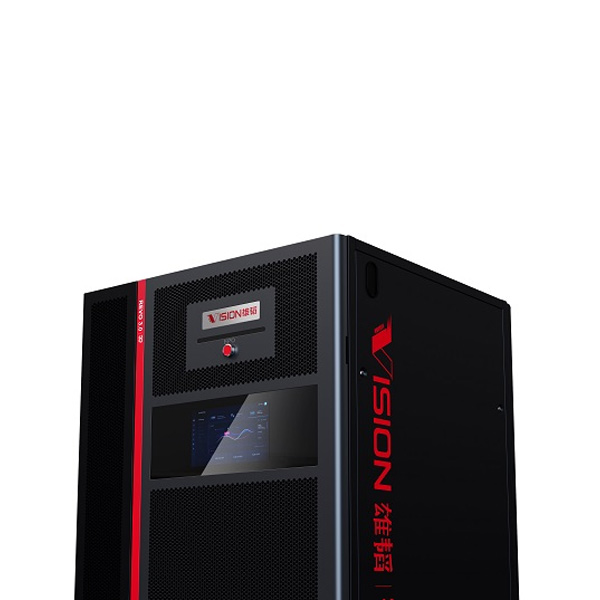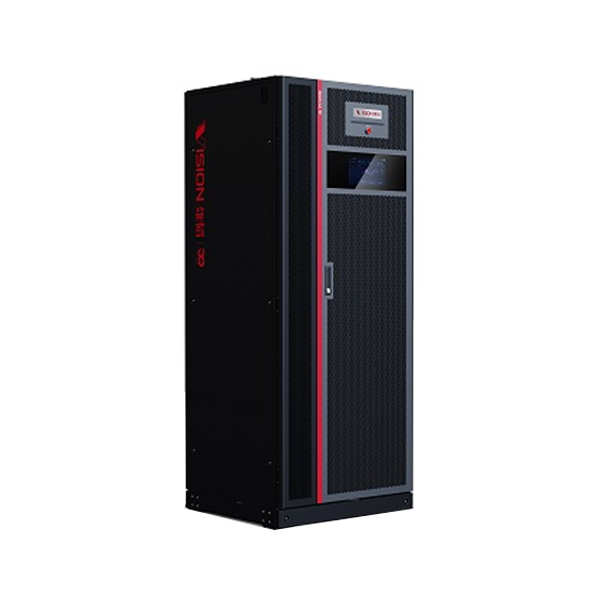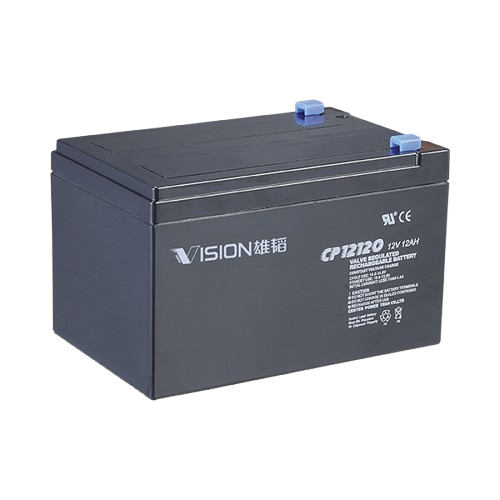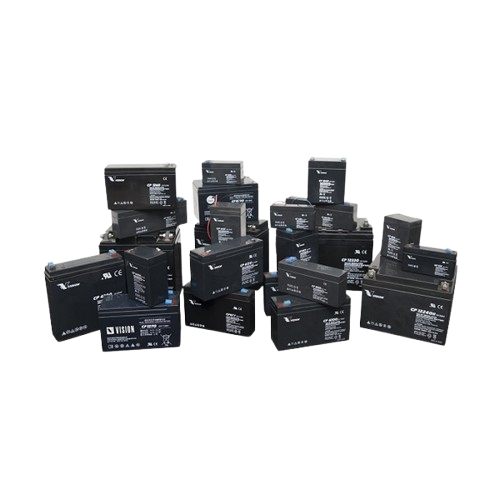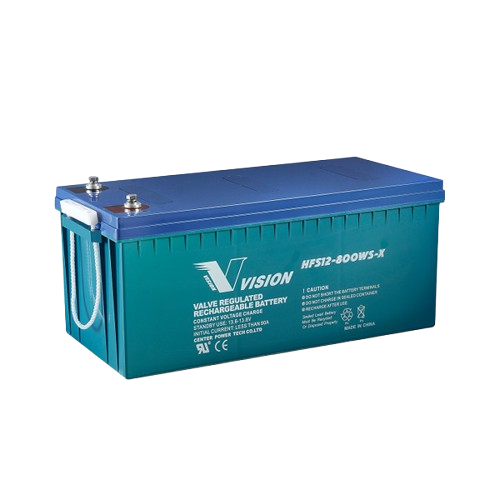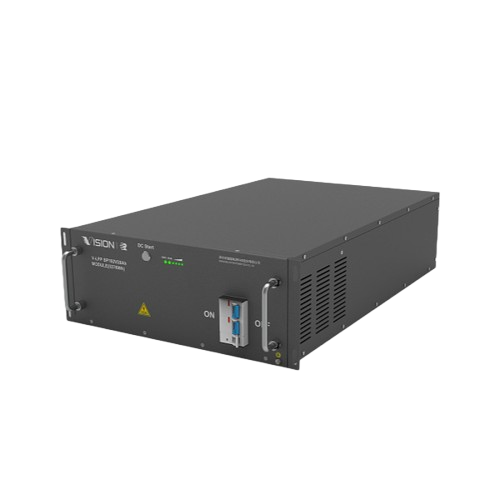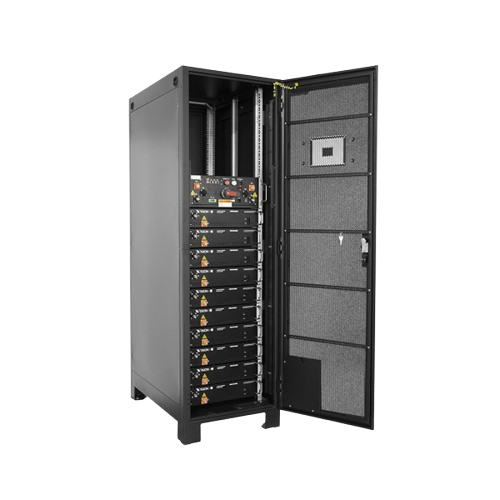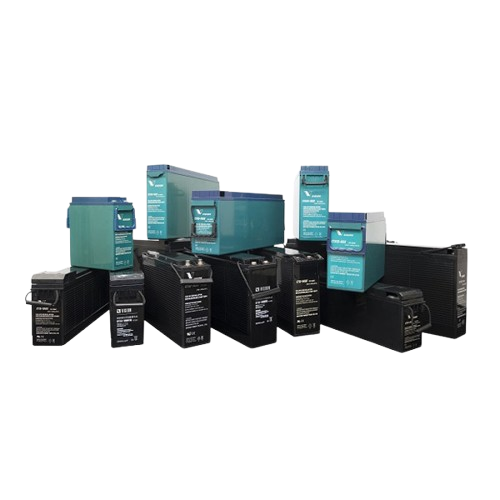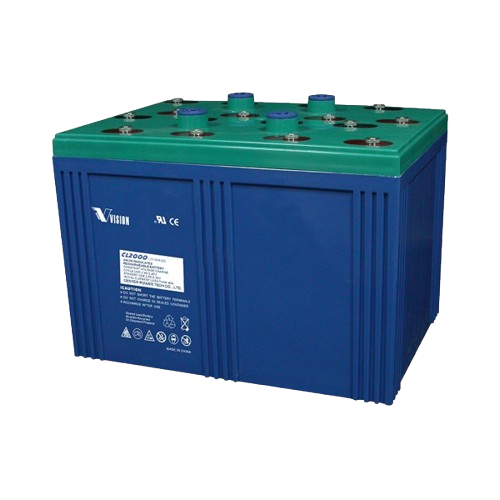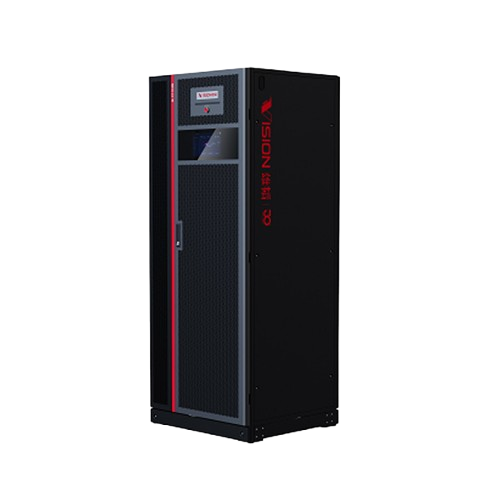Possible Causes:
1. Wiring issues
2. Incorrect DIP switch settings
3. Poor network cable connection
Solutions:
1. Check the network cable between CBMS and GBMS to rule out cable or hardware faults. If the LCD shows CBMS communication error, it’s often due to incorrect wiring between CBMS and GBMS.
2. Verify the DIP switch settings for the parallel CBMS IP address, and ensure CAN/485 termination resistors are enabled on GBMS and the last battery cabinet’s CBMS.
3. Inspect network cable connections between units for poor contact or loose connections.
Lithium BatteriesBattery SystemREVO3.0 Three-phase UPS Lithium ion Battery System
REVO3.0 Three-phase UPS Lithium ion Battery System
-
Overview:TPX600 is Vision's LFP battery backup system specially designed for UPS applications, simplifying megawatt-level deployment. It features high power density, redundant safety design, easy installation, maintenance-free operation, and remote monitoring capabilities.
-
Application Scenarios:Data Centers
Financial Institutions
Rail Transit Systems
Power Backup in Off-Grid Areas
Key Features
-
Exceptional Safety1. Uses high-rate stacked LFP cells for better structural stability; IEC 62619 certified, UL 9540A tested—no fire after thermal runaway.
2. 100% temperature monitoring at module level for early abnormality alerts.
3. Real-time insulation fault detection ensures safe system operation.
4. Built-in CO detector offers early warning of thermal runaway for timely response. -
Easy InstallationPrefabricated design allows for simplified transportation and faster on-site installation, reducing delivery time and labor costs by over 60%.
-
Ultra-High PerformanceSingle cabinet power density exceeds 600 kW—100% higher than industry average—reducing the number of cabinets required and minimizing footprint.
Industry Applications
FAQs
-
qWhat causes communication, voltage, or temperature self-check failure?a
-
qWhy can't the battery be charged?aPossible Causes:
1. Charger or UPS mainboard failure
2. Battery over-discharge triggered protection (voltage below cutoff level)
3. BMS (Battery Management System) malfunction
Solutions:
1. Check if the charger output matches the battery specifications
2. Try activating the battery using professional equipment
3. Contact after-sales service to check the BMS or replace the battery
NEED HELP FINDING THE BEST SOLUTION?
Submit our form and we'll prioritize it.
-
 Name
Name -
 Tel
Tel -
 Email
Email -
 CountryPlease selectAfghanistan Albania Algeria Andorra Angola Antigua and Barbuda Argentina Armenia Australia Austria Azerbaijan Bahamas Bahrain Bangladesh Barbados Belarus Belgium Belize Benin Bhutan Bolivia Bosnia and Herzegovina Botswana Brazil Brunei Bulgaria Burkina Faso Burundi Cabo Verde Cambodia Cameroon Canada Central African Republic Chad Chile China Colombia Comoros Congo (Congo-Brazzaville) Costa Rica Croatia Cuba Cyprus Czech Republic (Czechia) Democratic Republic of the Congo Denmark Djibouti Dominica Dominican Republic Ecuador Egypt El Salvador Equatorial Guinea Eritrea Estonia Eswatini Ethiopia Fiji Finland France Gabon Gambia Georgia Germany Ghana Greece Grenada Guatemala Guinea Guinea-Bissau Guyana Haiti Honduras Hungary Iceland India Indonesia Iran Iraq Ireland Israel Italy Jamaica Japan Jordan Kazakhstan Kenya Kiribati Kuwait Kyrgyzstan Laos Latvia Lebanon Lesotho Liberia Libya Liechtenstein Lithuania Luxembourg Madagascar Malawi Malaysia Maldives Mali Malta Marshall Islands Mauritania Mauritius Mexico Micronesia Moldova Monaco Mongolia Montenegro Morocco Mozambique Myanmar (Burma) Namibia Nauru Nepal Netherlands New Zealand Nicaragua Niger Nigeria North Korea North Macedonia Norway Oman Pakistan Palau Palestine Panama Papua New Guinea Paraguay Peru Philippines Poland Portugal Qatar Romania Russia Rwanda Saint Kitts and Nevis Saint Lucia Saint Vincent and the Grenadines Samoa San Marino Sao Tome and Principe Saudi Arabia Senegal Serbia Seychelles Sierra Leone Singapore Slovakia Slovenia Solomon Islands Somalia South Africa South Korea South Sudan Spain Sri Lanka Sudan Suriname Sweden Switzerland Syria Taiwan Tajikistan Tanzania Thailand Timor-Leste Togo Tonga Trinidad and Tobago Tunisia Turkey Turkmenistan Tuvalu Uganda Ukraine United Arab Emirates United Kingdom United States Uruguay Uzbekistan Vanuatu Vatican City Venezuela Vietnam Yemen Zambia Zimbabwe
CountryPlease selectAfghanistan Albania Algeria Andorra Angola Antigua and Barbuda Argentina Armenia Australia Austria Azerbaijan Bahamas Bahrain Bangladesh Barbados Belarus Belgium Belize Benin Bhutan Bolivia Bosnia and Herzegovina Botswana Brazil Brunei Bulgaria Burkina Faso Burundi Cabo Verde Cambodia Cameroon Canada Central African Republic Chad Chile China Colombia Comoros Congo (Congo-Brazzaville) Costa Rica Croatia Cuba Cyprus Czech Republic (Czechia) Democratic Republic of the Congo Denmark Djibouti Dominica Dominican Republic Ecuador Egypt El Salvador Equatorial Guinea Eritrea Estonia Eswatini Ethiopia Fiji Finland France Gabon Gambia Georgia Germany Ghana Greece Grenada Guatemala Guinea Guinea-Bissau Guyana Haiti Honduras Hungary Iceland India Indonesia Iran Iraq Ireland Israel Italy Jamaica Japan Jordan Kazakhstan Kenya Kiribati Kuwait Kyrgyzstan Laos Latvia Lebanon Lesotho Liberia Libya Liechtenstein Lithuania Luxembourg Madagascar Malawi Malaysia Maldives Mali Malta Marshall Islands Mauritania Mauritius Mexico Micronesia Moldova Monaco Mongolia Montenegro Morocco Mozambique Myanmar (Burma) Namibia Nauru Nepal Netherlands New Zealand Nicaragua Niger Nigeria North Korea North Macedonia Norway Oman Pakistan Palau Palestine Panama Papua New Guinea Paraguay Peru Philippines Poland Portugal Qatar Romania Russia Rwanda Saint Kitts and Nevis Saint Lucia Saint Vincent and the Grenadines Samoa San Marino Sao Tome and Principe Saudi Arabia Senegal Serbia Seychelles Sierra Leone Singapore Slovakia Slovenia Solomon Islands Somalia South Africa South Korea South Sudan Spain Sri Lanka Sudan Suriname Sweden Switzerland Syria Taiwan Tajikistan Tanzania Thailand Timor-Leste Togo Tonga Trinidad and Tobago Tunisia Turkey Turkmenistan Tuvalu Uganda Ukraine United Arab Emirates United Kingdom United States Uruguay Uzbekistan Vanuatu Vatican City Venezuela Vietnam Yemen Zambia Zimbabwe -
 Company
Company
 Information
InformationWe collect your information (name, email, company) to respond to your inquiry and send marketing emails. You can unsubscribe or request deletion at any time. By submitting, you agree to our Privacy Policy.
I agree to receive marketing emails and accept the Privacy Policy.












